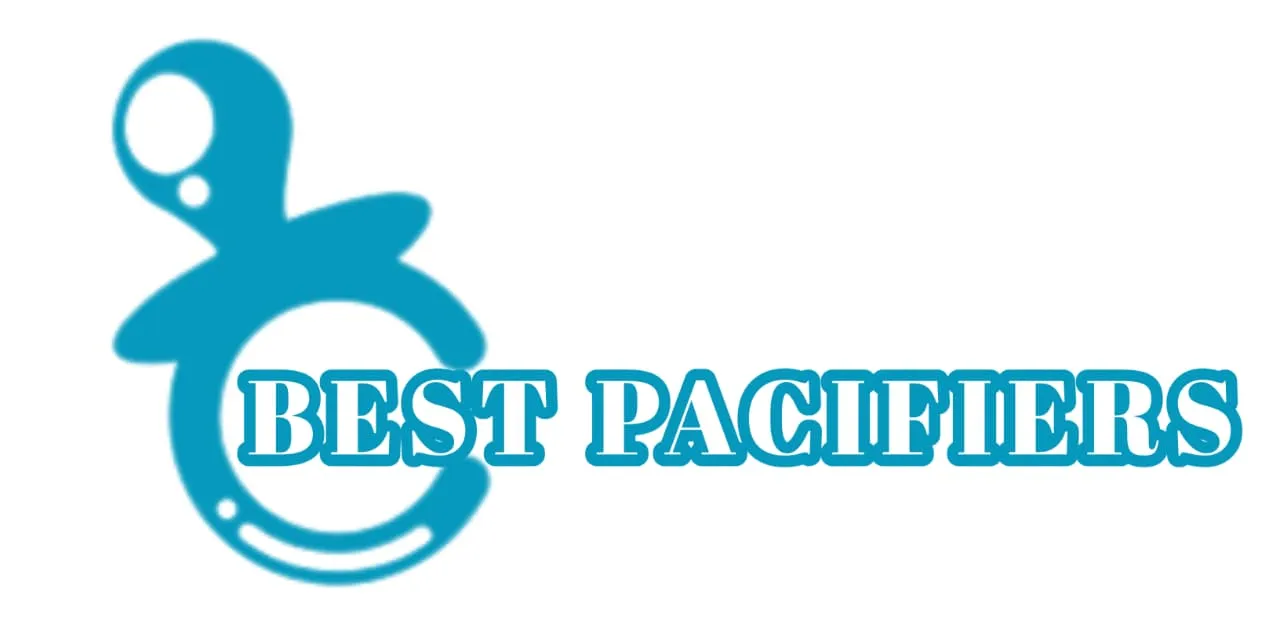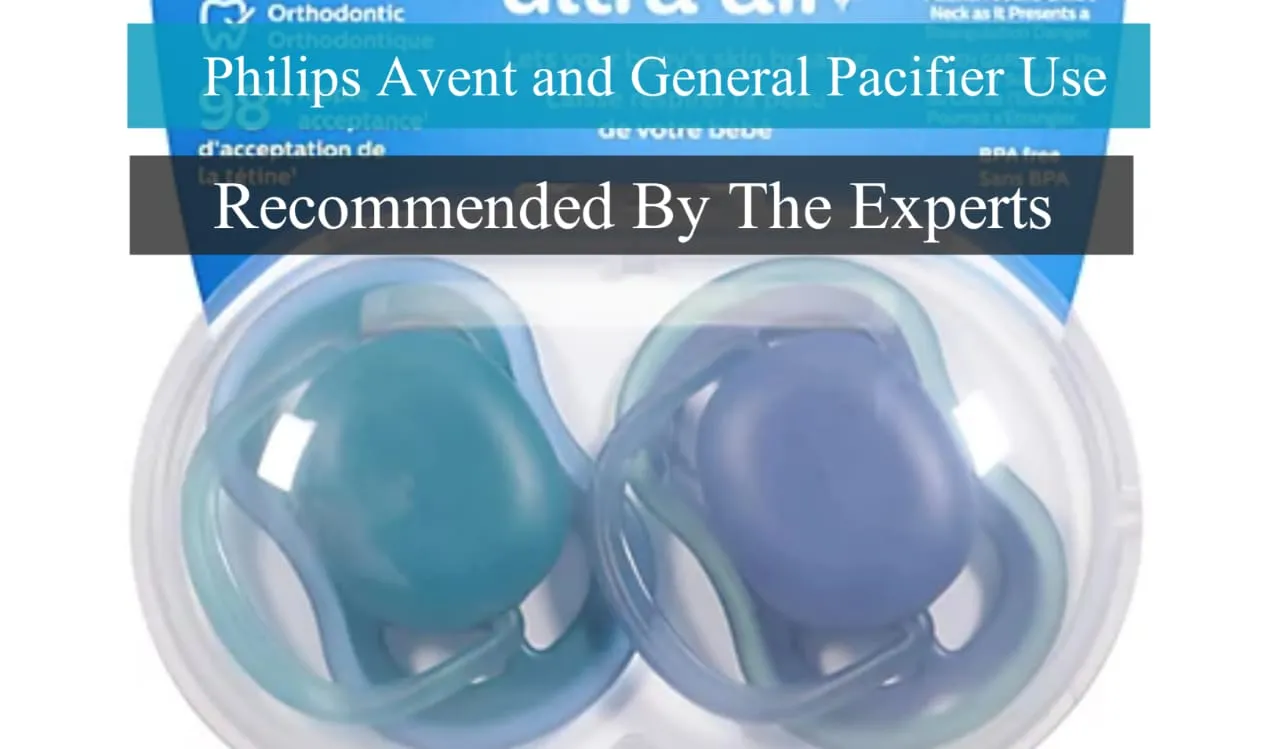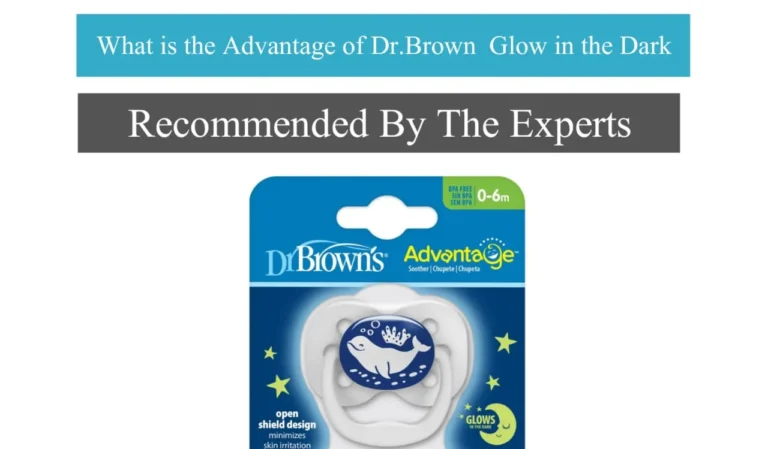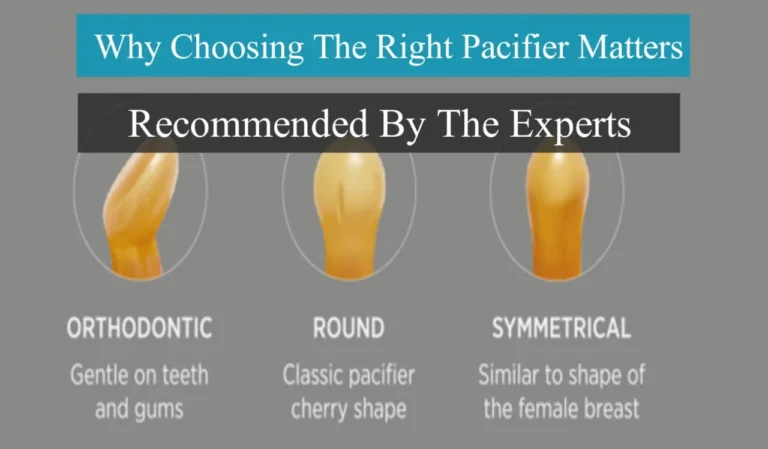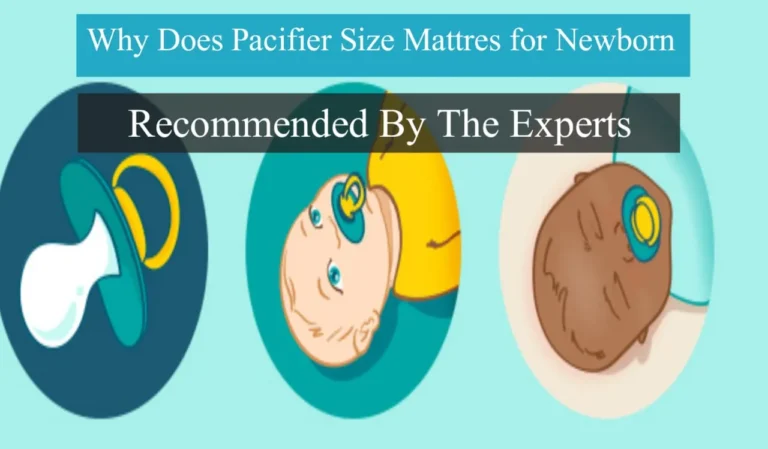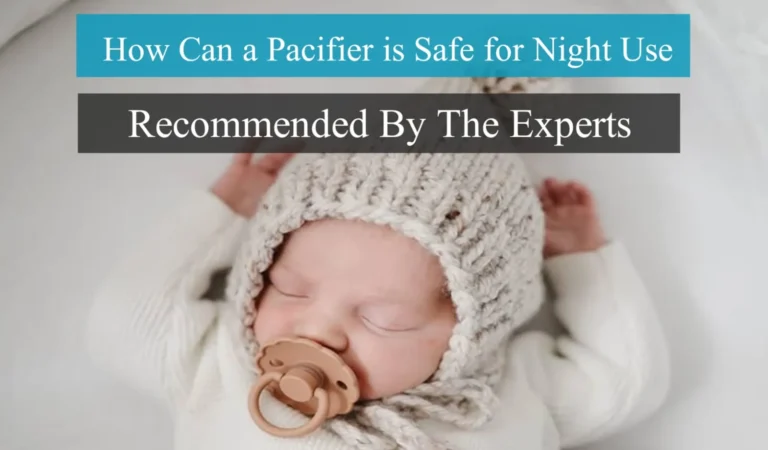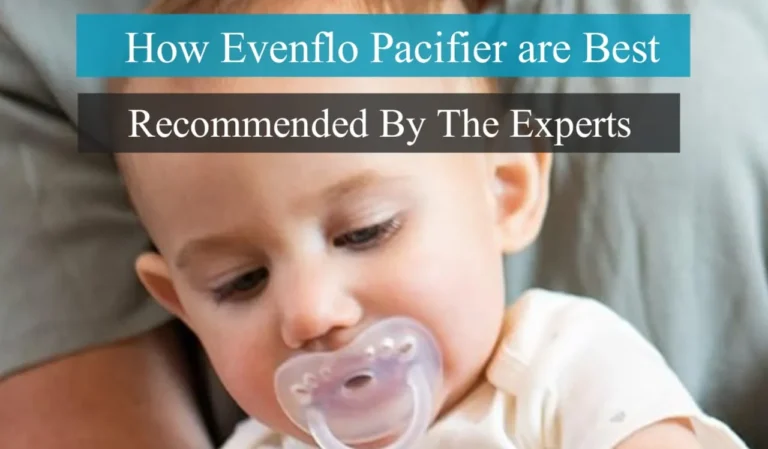Philips Avent & General Pacifier Use: Parent’s Guide
Discover Philips Avent & general pacifier use in this parent’s guide. Learn safe tips, benefits, and how to choose the right pacifier for your baby.
The pacifier that you give to your baby is not a mere convenience; it can affect his/her comfort, sleep and oral development greatly. The sucking reflex allows babies to feel safe and be able to soothe themselves and even handle stress in the first few months of life. A pacifier is not only a good pacifier but also reassures the parents. There are numerous brands and designs of pacifiers, which makes it difficult to choose a pacifier that would fit the developmental needs. Philips Avent pacifiers are one of the most used pacifiers by the families that want to find something reliable and safe. Their size fits newborns, infants, and toddlers, so it is not that difficult to ensure that the comfort levels are maintained throughout the stages.
The improper pacifier, however, has the potential to cause problems like fussiness, nipple confusion or even oral discomfort. This is the reason why one should know about the design, material, and age-appropriateness of every pacifier. Avent targets the attributes such as ultra-soft silicone nipples, age-appropriate dimensions, and orthodontic support, which make the baby adapt naturally. In the long run, these pacifiers will promote good oral development as well as offer calming effects to curb the crying spells. Being familiar with their usage and time of application for the best pacifier makes it safe and stress-free to both babies and parents.
Avent Pacifier Range and Sizes
Philips Avent pacifiers are properly grouped by age and developmental stage, which makes it easier to choose the model. The 0-6 months pacifiers are the best suited type of pacifier to the newborn child as they are smaller, ultra soft nipples as well as lightweight shields. These pacifiers are kind to little mouths, they do not disrupt breastfeeding and promote natural sucking. In the case of infants between the ages of 6 months and 18 months, Avent pacifiers provide a little stiffer silicone nipple to allow the stronger sucking reflexes. They also have ventilated shields which lessen irritation on the skin and enhance comfort when they are used over a longer period.
In toddlers aged 18-36 months, Avent has pacifiers with stronger shields and thicker nipples to resist chewing and active usage. These models keep the mouth healthy and at the same time provide the comfort needed by toddlers during sleep or when they are under stress. The sizing of pacifiers manufactured by Avent guarantees that all of them will suit the oral anatomy of the baby and will not cause gagging or excessive salivation. The correct size at the correct stage also contributes to less difficulty when it comes to upgrading pacifiers as your child grows.
Soothers and Ultra-Soft Pacifiers
The Philips Avent ultra-soft pacifiers have been shaped to resemble the feel of the mother breast. The design it has makes it especially easy to accept by babies, which minimizes fussiness and makes the feeding experience more comfortable. These pacifiers are made of soft, quality silicone that moulds to the shape of the mouth of the baby to assist in the development of the oral cavity. Avent also provides Soothie pacifiers that are very popular both in hospitals and homes, having smooth texture and calming effect. They are perfect with babies especially at night or in stressful circumstances.
In these ultra-soft choices, there are ventilated shields that do not allow moisture to accumulate and reduce the likelihood of skin irritation. Parents can find the pacifier easily because of glow-in-the-dark or translucent designs without disturbing the baby. The Avent ultra-soft pacifiers allow creating a stable self-soothing routine with the help of comfort, softness, and practical properties. Parents have discovered that infants who use such pacifiers sleep longer, cry less and are easily adjusted to bedtime regimes. Their thoughtful design and their soft material make them appropriate to be used every day.
Factors of Safety and Hygiene
Hygiene must also be a primary concern in the use of pacifiers. Before first use, Avent pacifiers must be sterilized by boiling them a few minutes or by an electric sterilizer. It should be checked regularly, look out for cracks or holes or discoloration, and discard the pacifier right away once wear and tear are noticed. It should also be stored properly; pacifier clips and cords should be stored in a safe place where choking would not occur. The pacifiers manufactured by Avent are safe, and the material is free of BPA, and the shields are ventilated, which reduces skin irritation. Maximum comfort and protection is also achieved by using the correct size depending on the age and oral development.
It is also important that parents do not dip pacifiers in sweeteners such as sugar or honey since this will lead to tooth decay and other oral complications. It is advisable that no pacifier ought to be introduced before the breastfeeding habits have been established so as to prevent nipple confusion. The pacifier should be cleaned once a day in warm soapy water or a sterilizer so that no germs are present. By observing these precautions, one can keep the baby healthy as well as the durability of the pacifier. With the focus on safety and hygiene, Avent pacifiers could be a safe and useful soothing agent in the early childhood.
Day-time and Night-time Use
The Philips Avent pacifiers are also flexible such that they can be used during the days and at night. The ultra-soft silicone nipple and the breast-like shape also aid in soothing a baby in times of stress like during diaper changes, car rides or doctor visits during the day. They are easy to hold by the babies as their shields are lightweight and the babies can self-soothe themselves. I observed that the fussiness of my baby was greatly reduced after the introduction of the pacifier into the daily routine as now he could find a good source of comfort when needed. The Avent pacifiers can be especially beneficial in the case of babies getting accustomed to new settings or habits because they will feel familiar and safe.
Avent pacifiers will still be practical at night. There is also a wide range of models with glow in the dark shields or soft color designs so that they can be easily found without disturbing the baby. The cooled shield does not lead to moisture accumulation and causes less skin irritation when used over a long period. This constant use of these pacifiers during the night made the sleeping routine of my baby a smoother one. With time, they encouraged longer and peaceful sleeping hours, which allowed the baby and the parents to have the much-needed rest. Avent pacifiers are comfortable, durable, and designed well enough to be used throughout the day to calm the baby and at night to get a good sleep.
Selection of the Proper Type of Pacifier
The choice of the kind of Avent pacifier will be based on the age of your child, his tastes and the oral development stage. For newborns and infants (0–6 months), the ultra-soft silicone or Soothie pacifiers are ideal because they mimic the natural breast shape, encouraging proper sucking reflexes. The pacifiers are mild and easy to carry, which give babies a sense of security and promote oral development. Avent also provides orthodontic solutions to slightly older babies, who are at the age of jaw alignment and teeth straightening, at the same time remaining comfortable and possessing soothing effects.
In children aged 6 to 18 months, the silicone nipples should be firmer in consistency with a marginally bigger shield. These pacifiers suit heavier sucking patterns and avoid irritation of the skin when used longer. Toddlers (18–36 months) benefit from more durable pacifiers with thicker shields and nipples designed to withstand chewing. The age-specific sizing in Avent pacifiers means that every pacifier fits the mouth development of the baby, limiting the number of potential problems, including gagging, excessive drooling, or pain in the mouth. Parents can maximize comfort and oral health by selecting the appropriate type of toothbrush at every age.
FAQs
Final Thoughts
I find Philips Avent pacifiers to be a good, safe, and reliable product that can be used by a baby at the newborn stage to toddler age. Both are more comfortable during the day and at night to soothe and sleep because of their careful design, age-appropriate size, soft-as-a-kitten material, and orthodontic advantages. The right size, hygiene and frequent use make it as comfortable and supportive to oral development as possible. Avent pacifiers can suit the demands of fussy newborns, growing infants, and toddlers, which makes them a long-term solution to parents.
Parents who need a high-quality pacifier that will aid in the breastfeeding process, make the baby less fussy, and help to keep their teeth and jaws healthy can safely purchase Avent. These pacifiers are a worthwhile investment in the comfort and oral health of a baby due to their safe, durable and parent-friendly designs. A combination of reliability, comfort, and good design, Philips Avent pacifiers are one of the best choices of families all over the world.
